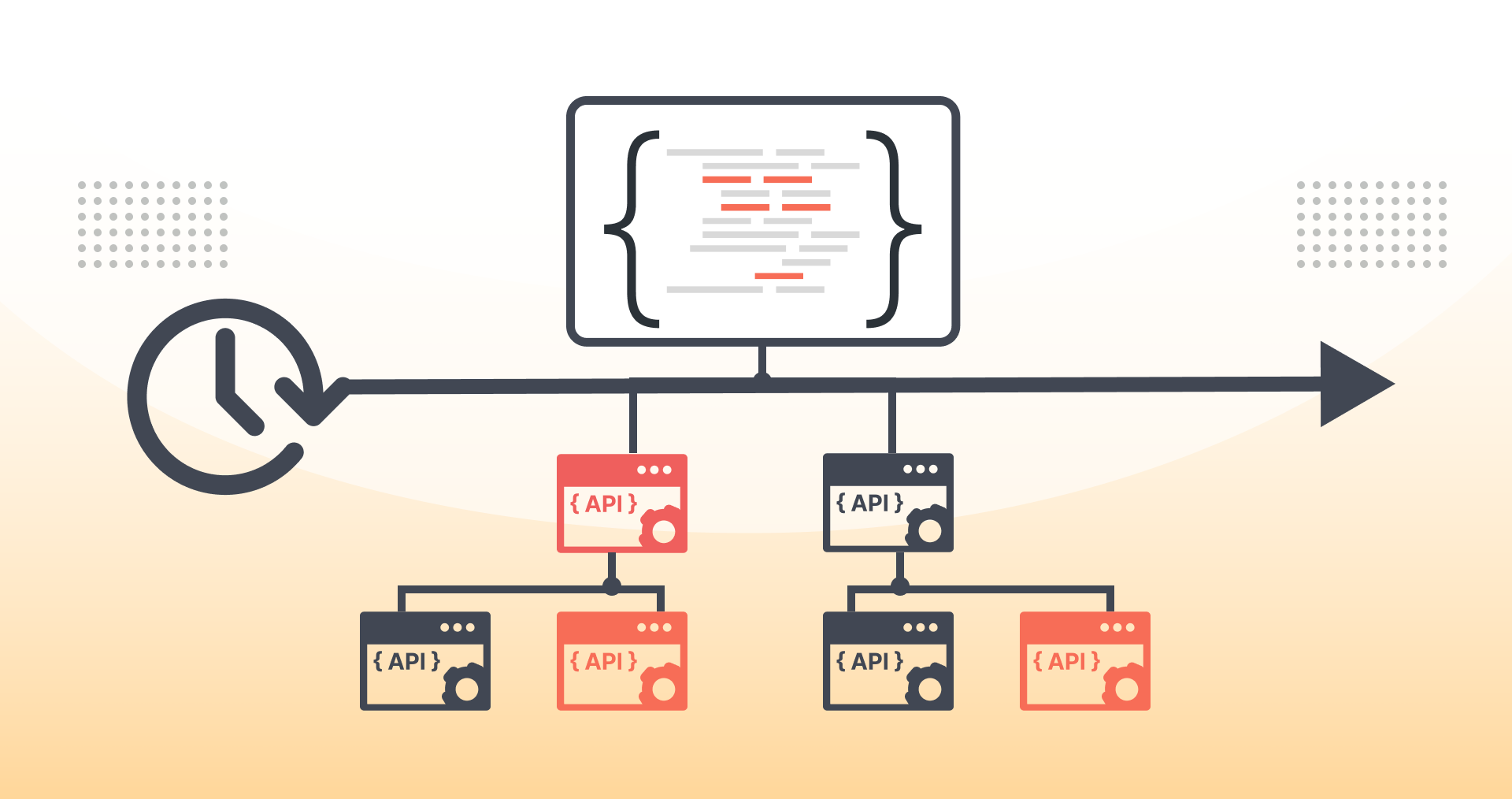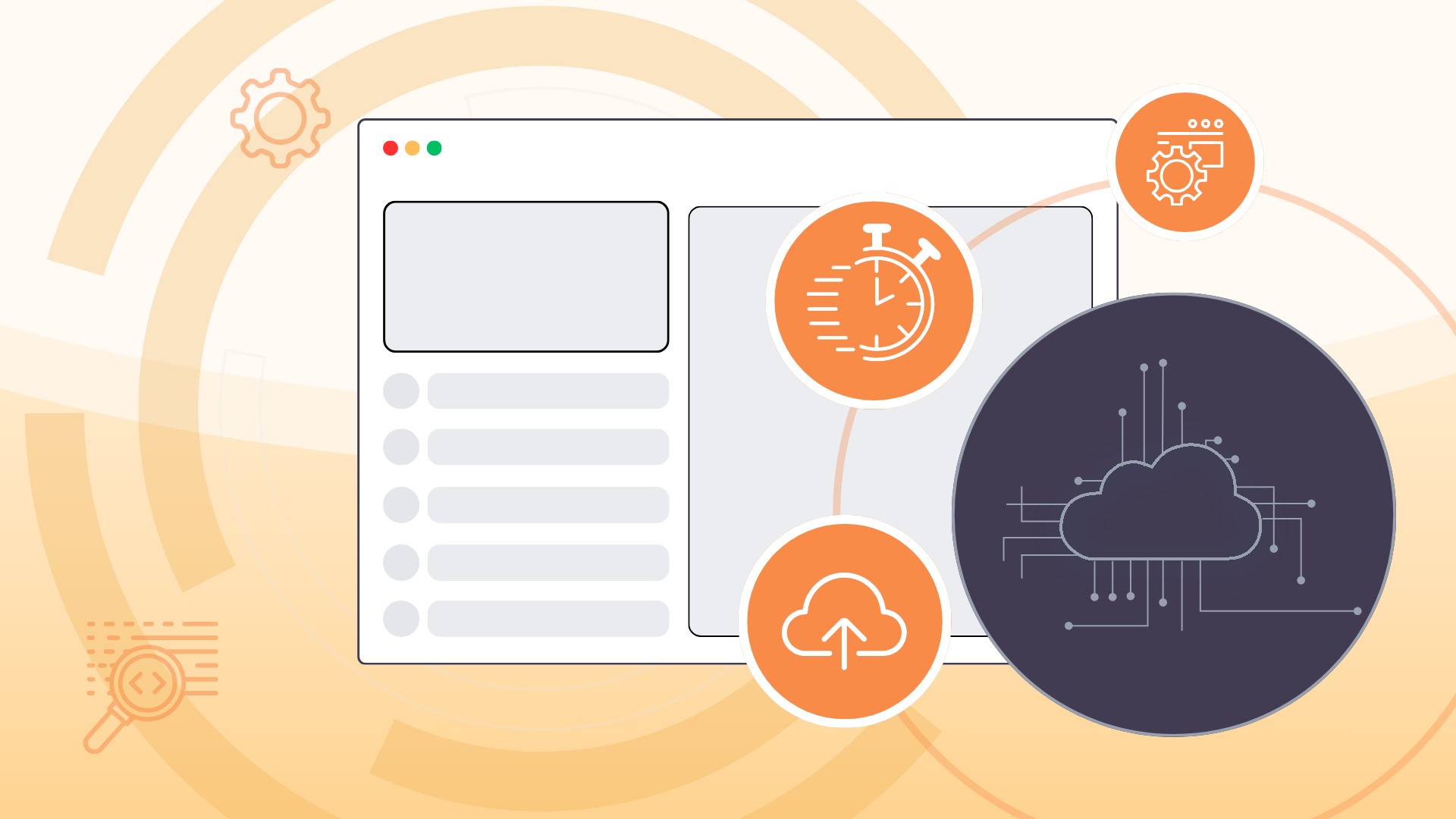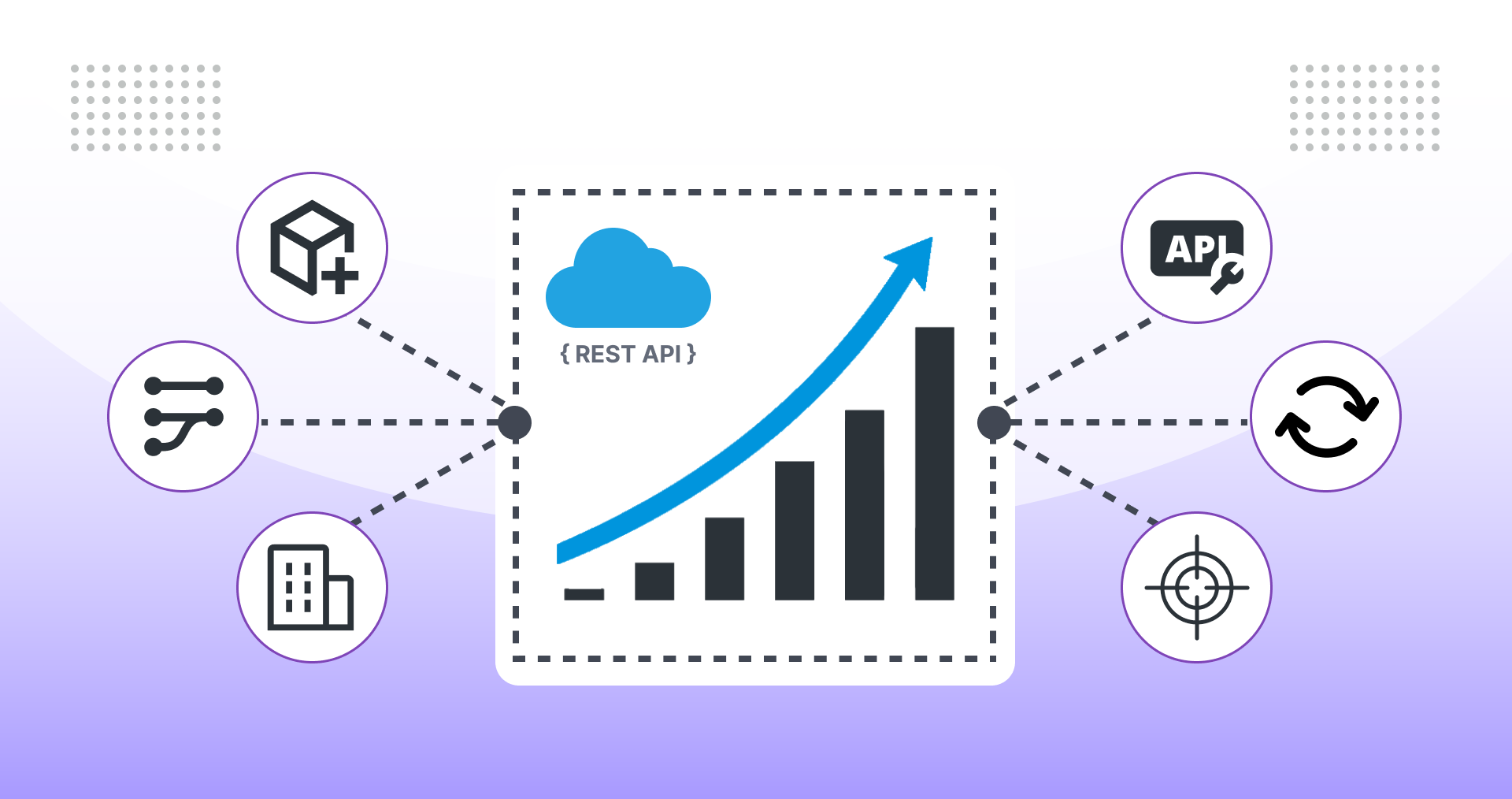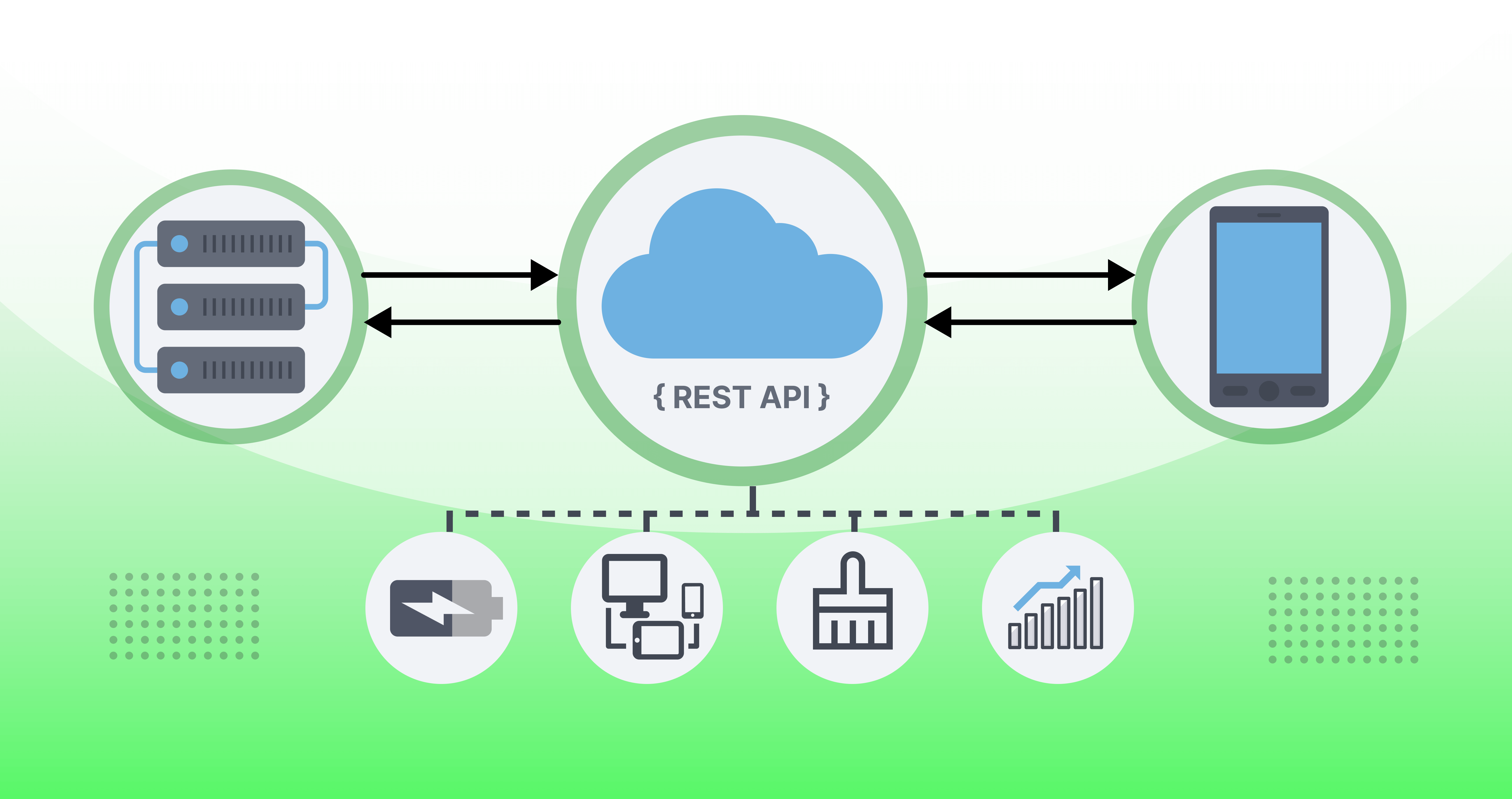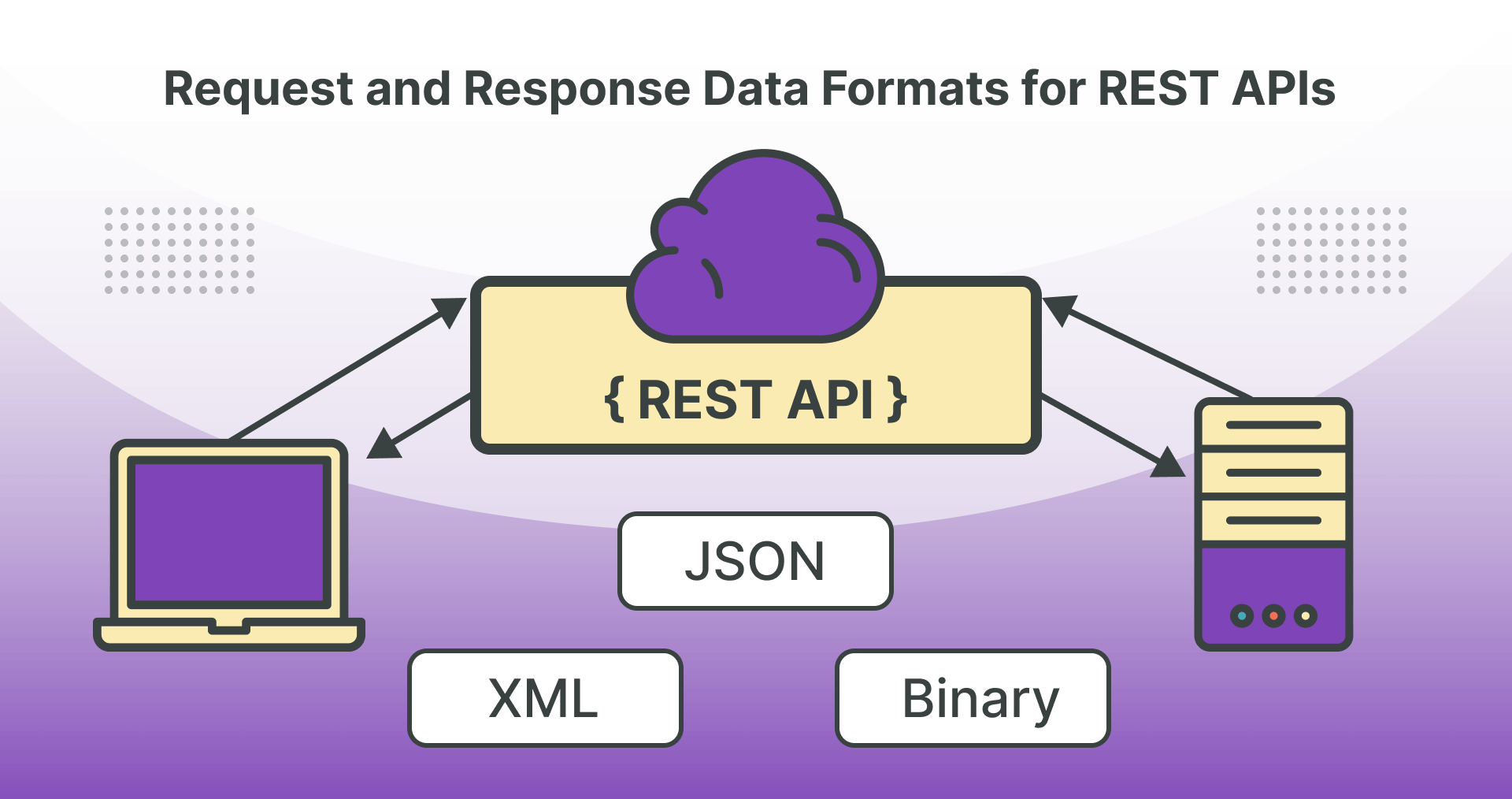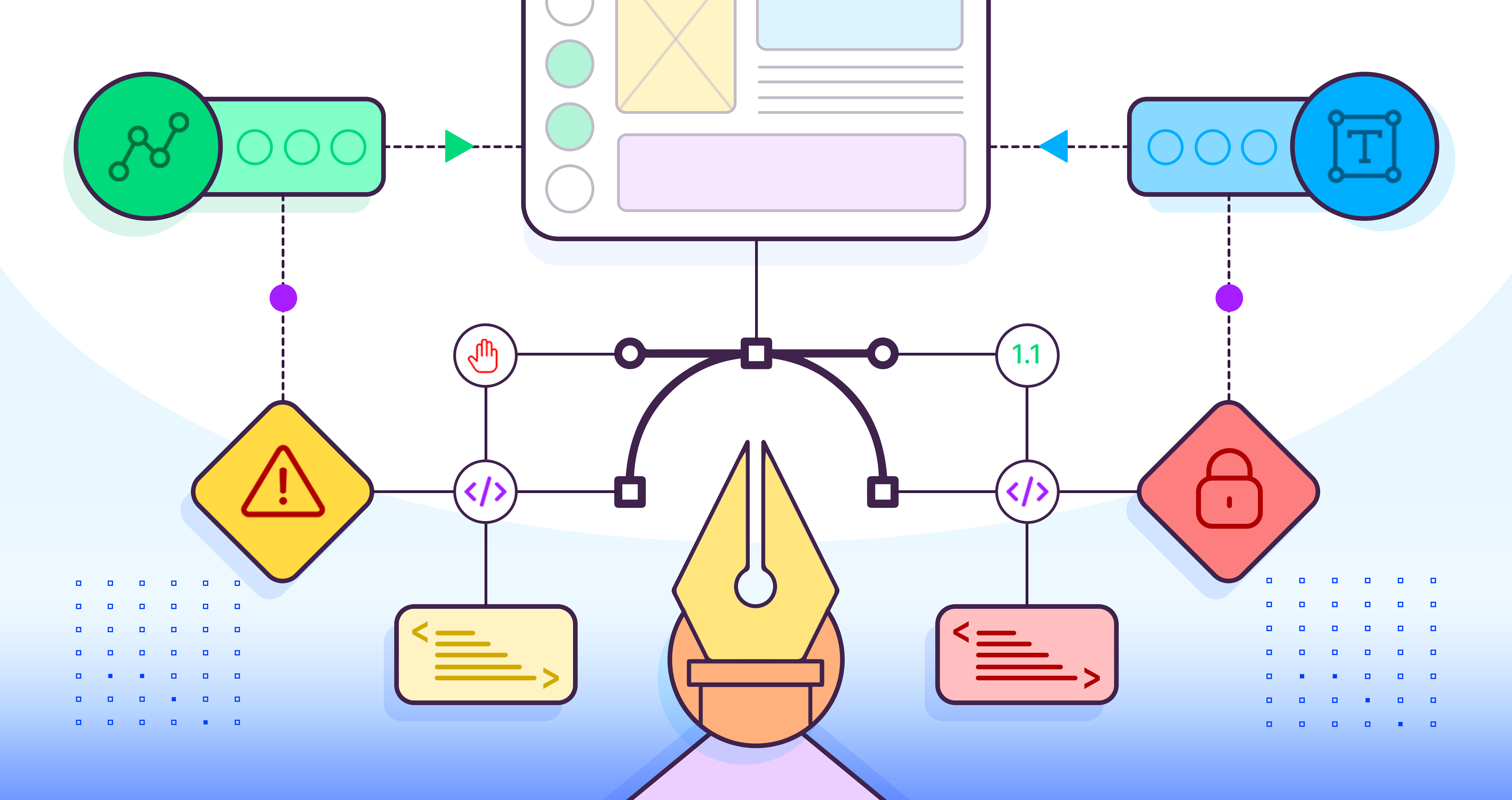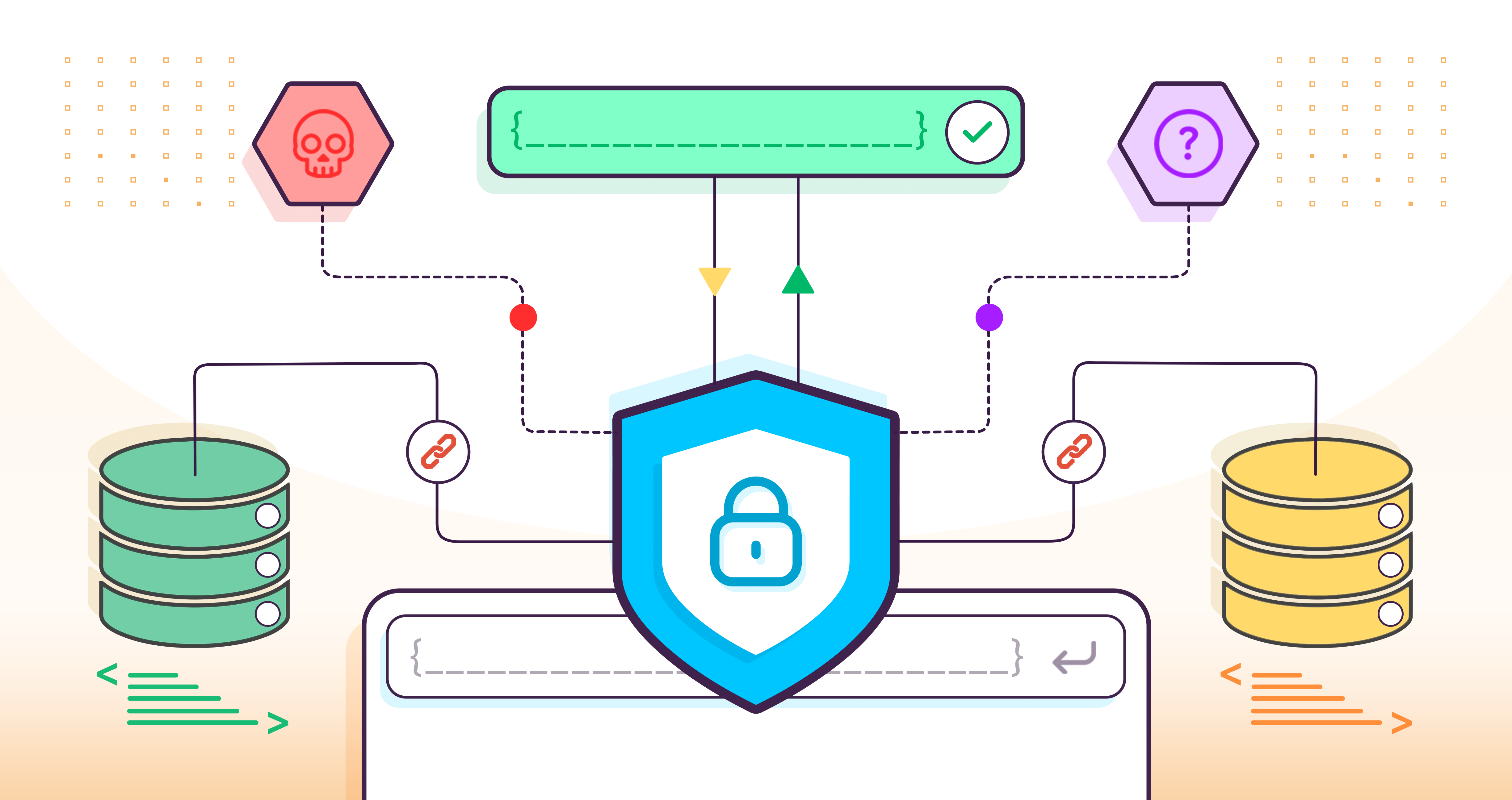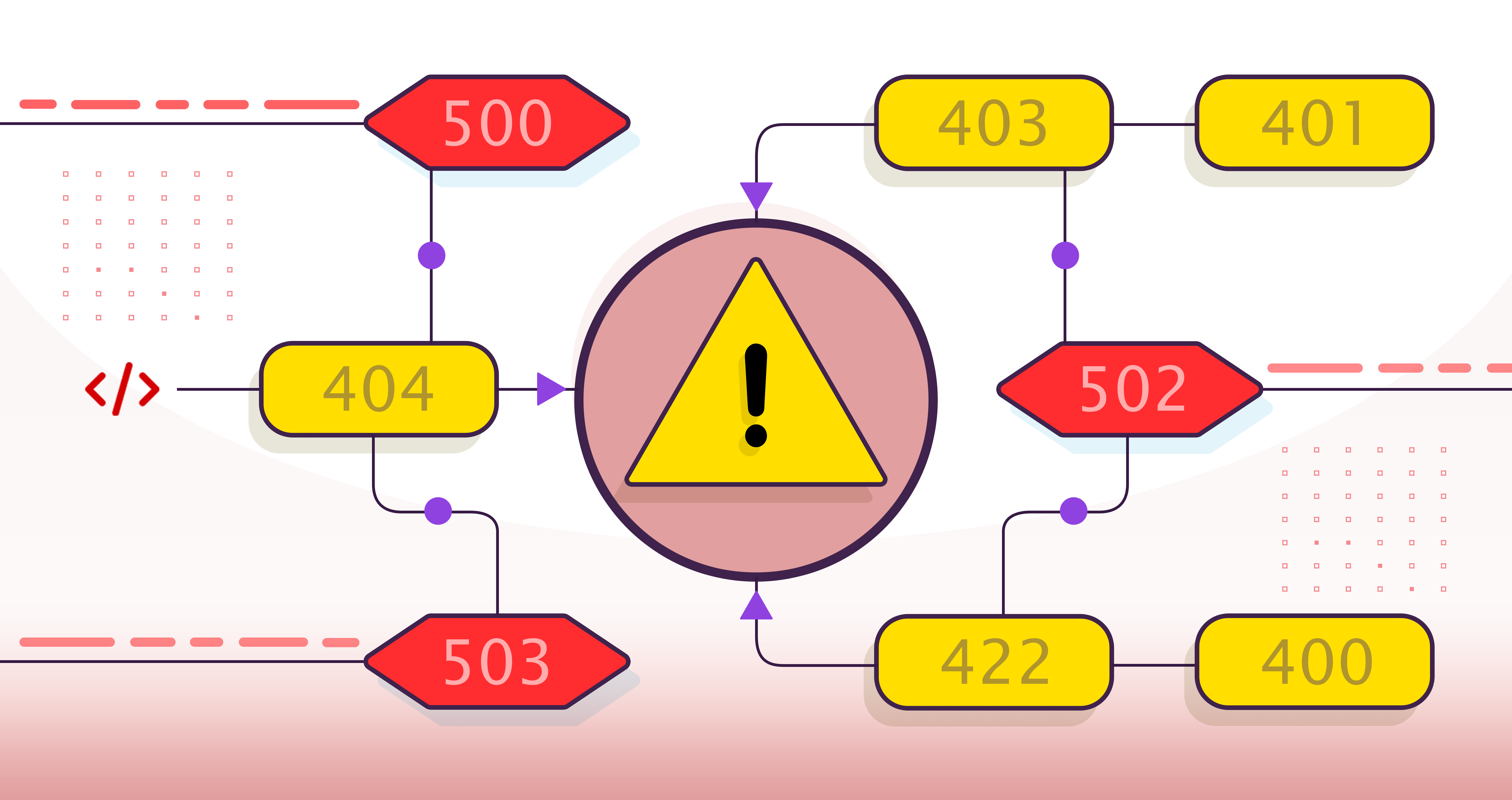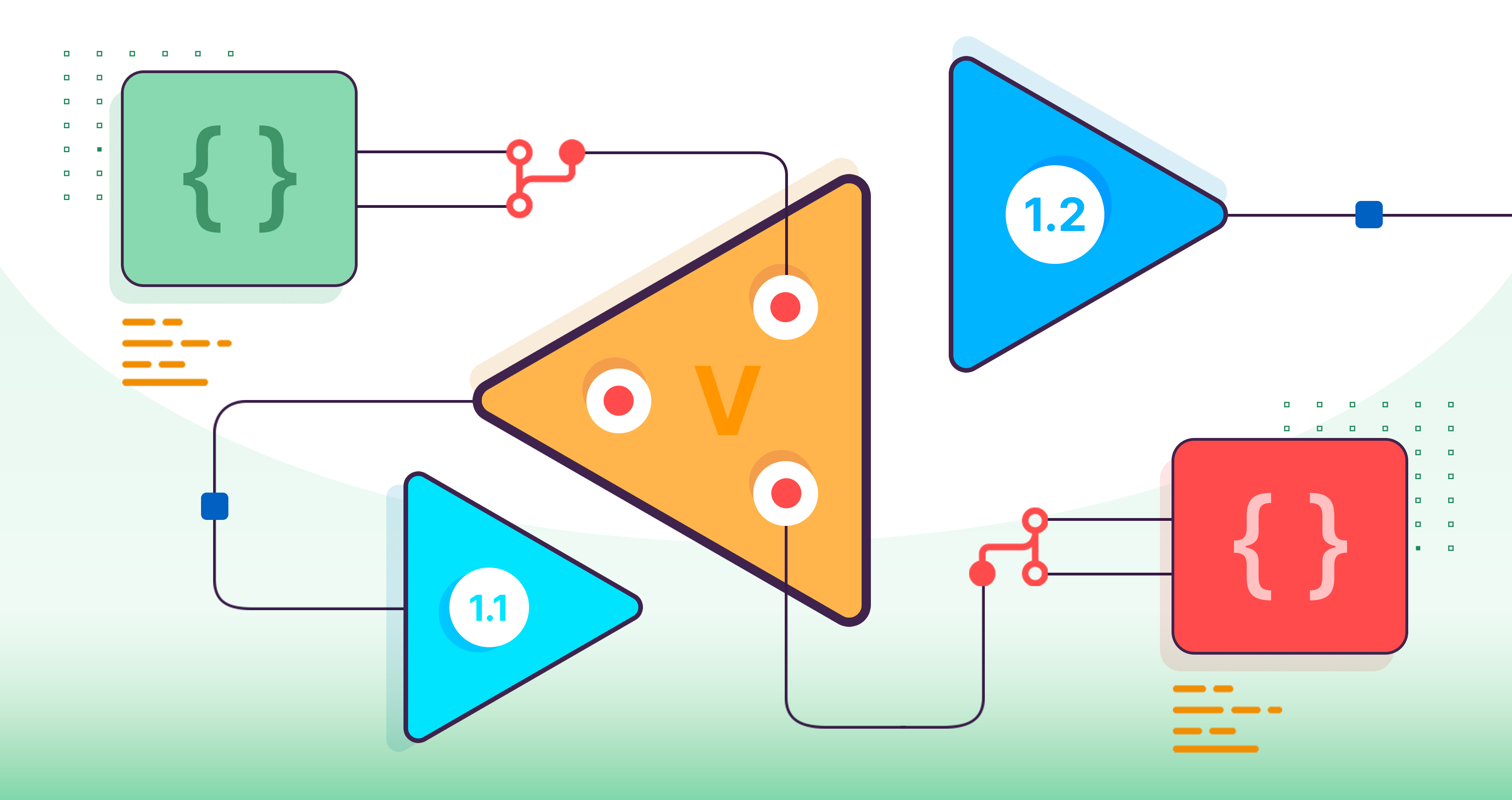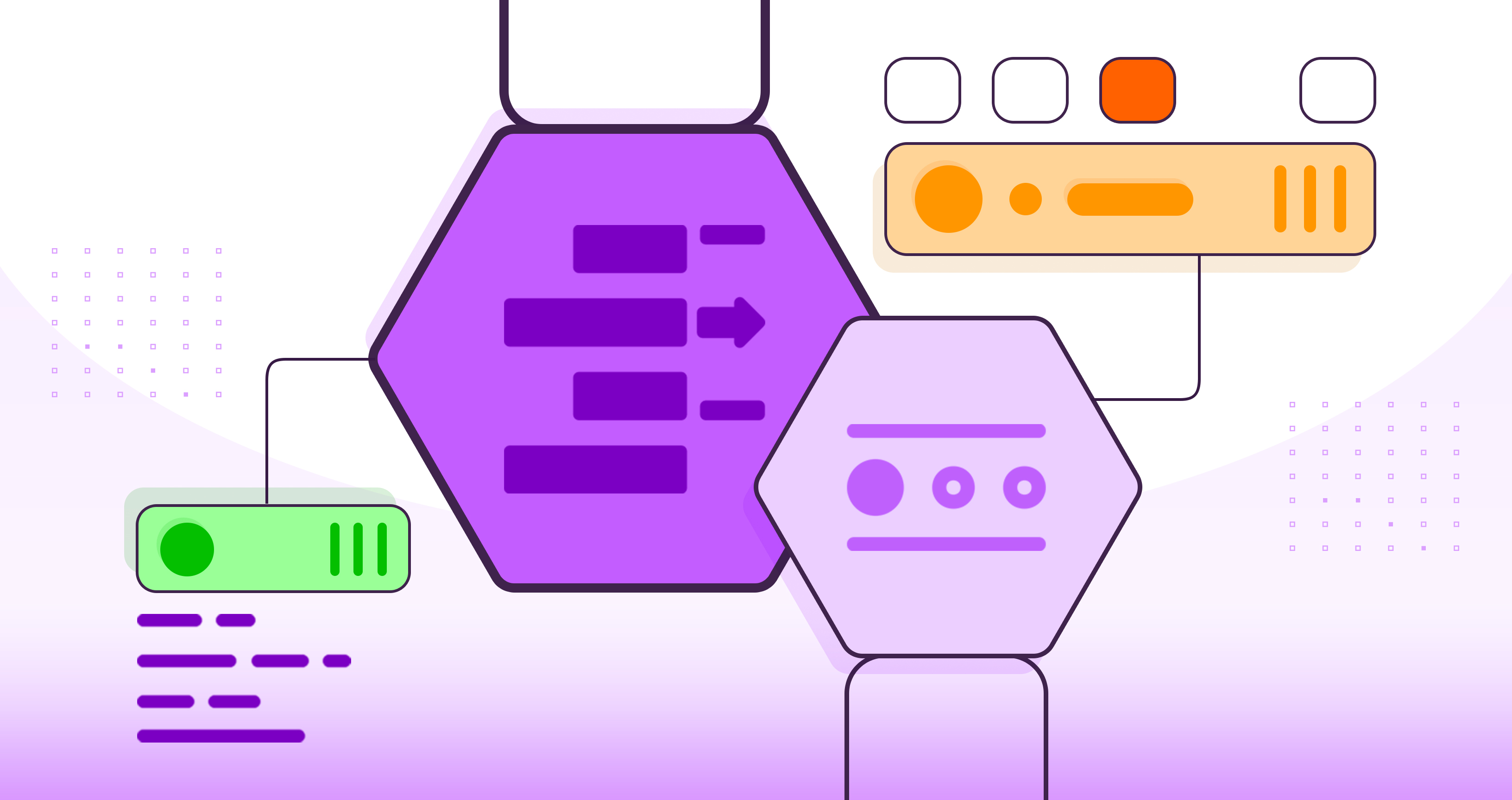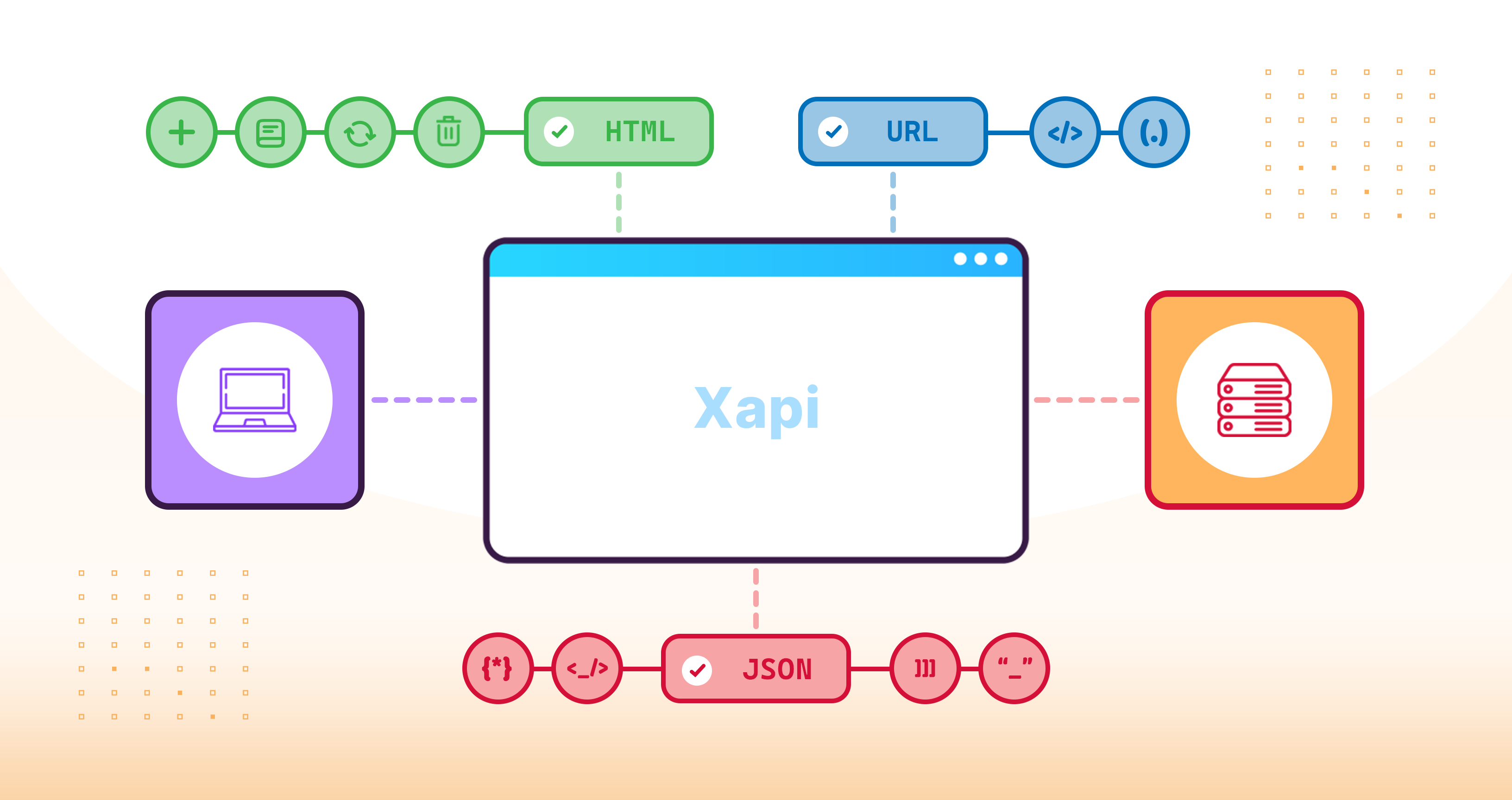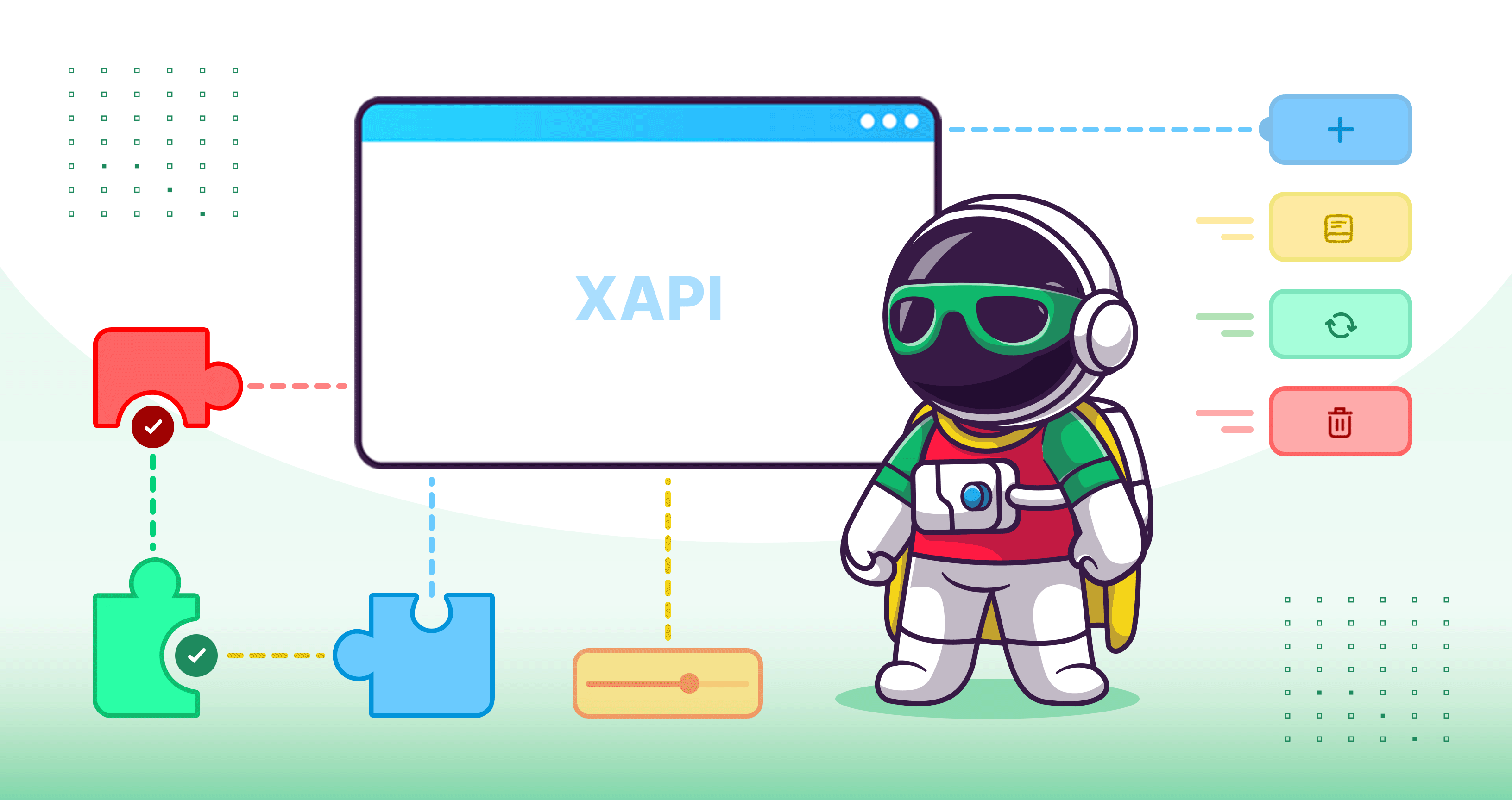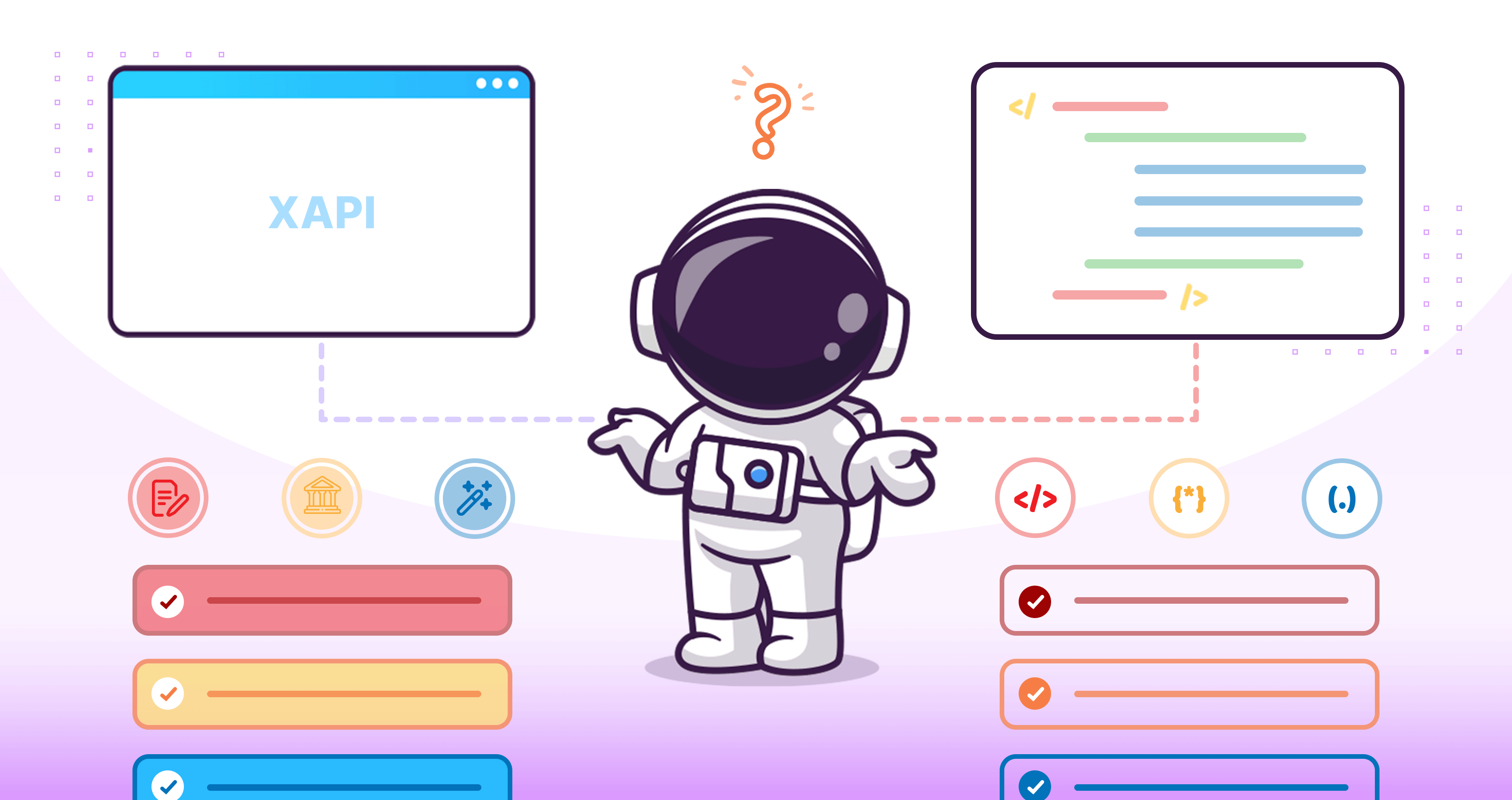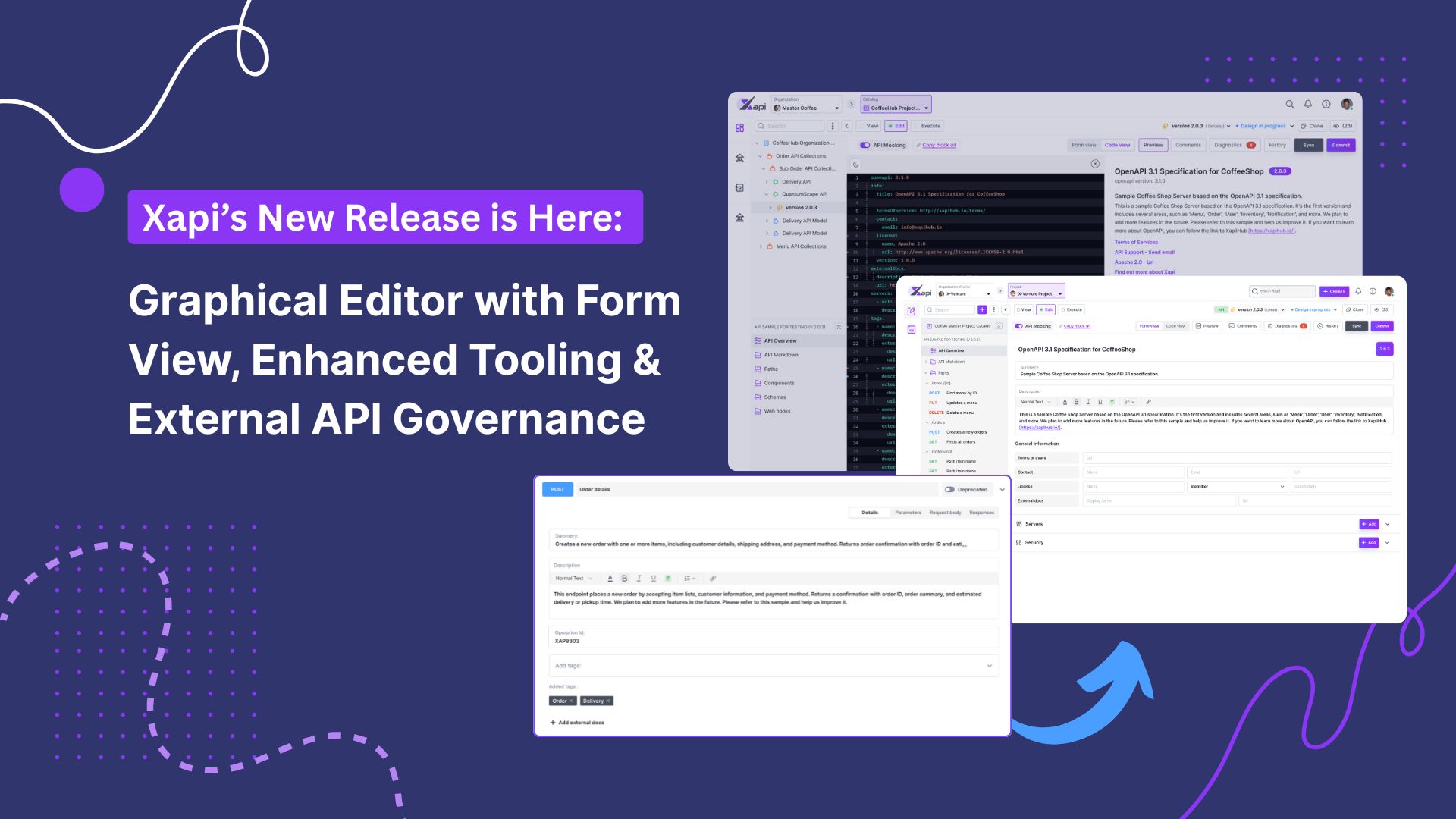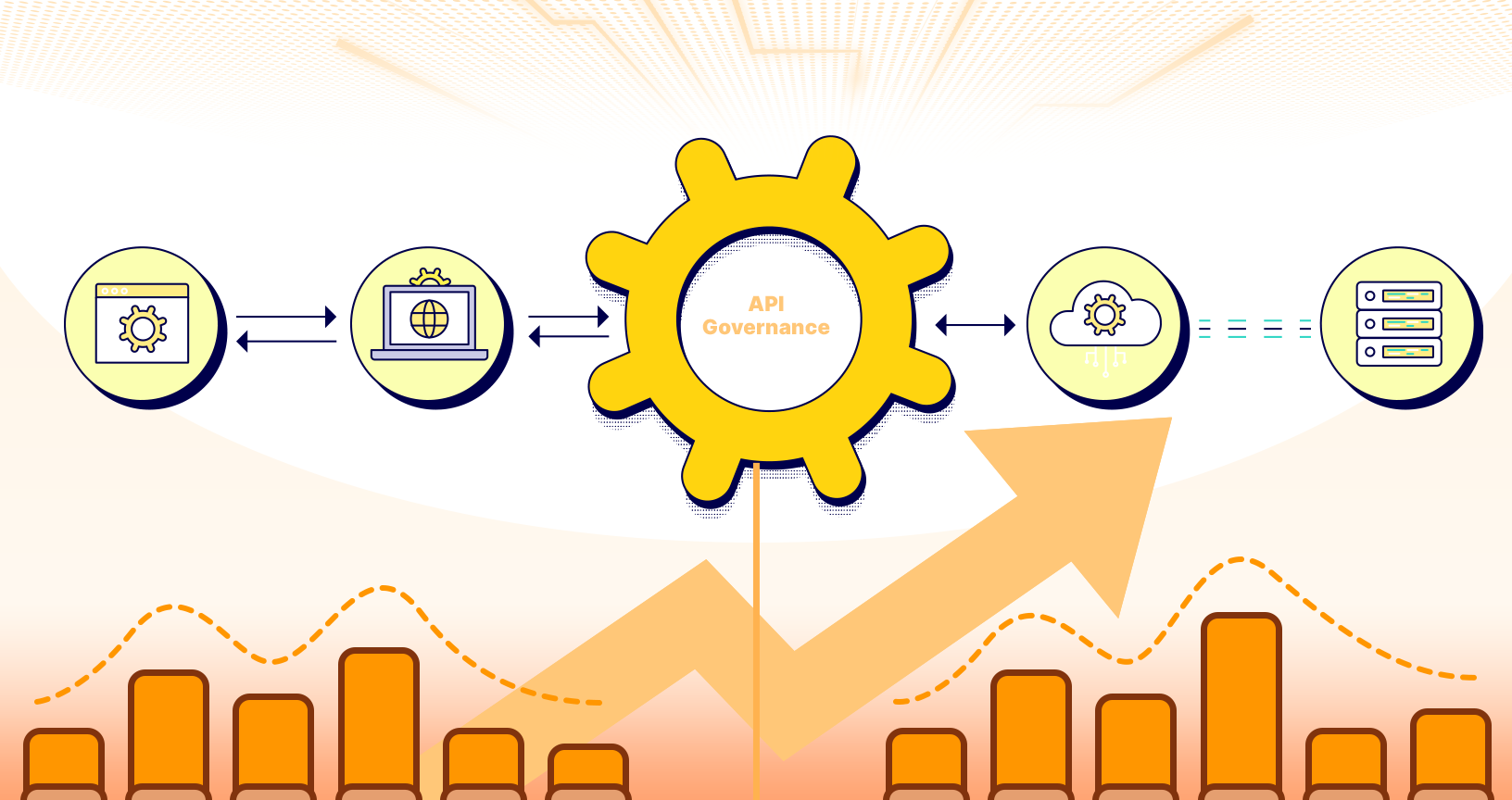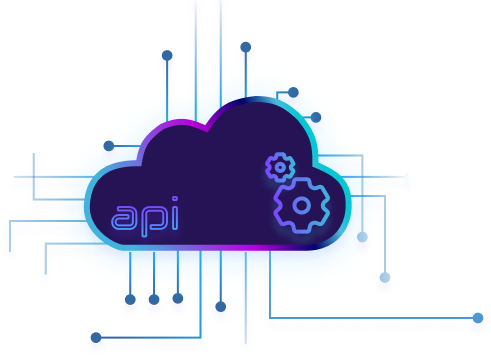Unlocking the Benefits of API First Development: Understanding What API First Means and How It Works.

Prabath Ariyarathna
22 April,2023 •
6 mins read
APIs, or Application Programming Interfaces, are sets of protocols, routines, and tools for building software applications. An API specifies
how software components should interact, allowing different systems to communicate and exchange data.
APIs can be used to access functionality and data from other software applications, services, or platforms. For example, a social media platform
might provide an API that allows third-party developers to build apps that can access the platform's user data or post content on behalf of users.
APIs can be designed for different purposes, including web APIs that allow web developers to access services over the internet, and internal
APIs that allow different parts of an organization's software to communicate with each other.
APIs have become a critical part of modern software development, enabling developers to build more powerful and interconnected applications.
What is API first?
"API first" is an approach to software development that prioritizes designing API specifications before starting any major development activities.
APIs are treated as first-class citizens, ensuring that they are well-designed, well-documented, and easily accessible to other applications and
services.
Designing a quality API is crucial nowadays since it is the main way of communication with software. APIs can be consumed by mobile devices, web
applications, or internal applications, so designing a reusable API is vital.
The API-first design approach is very popular among development communities, especially with the growing popularity of the microservice design pattern.
Benefits of API First
Parallel development.
Reducing development costs is important for any project. If the backend and frontend teams work in parallel instead of completing the backend development
first and then starting frontend development, delivery time can be significantly reduced. One of the main advantages of using an API-first approach is
that once the API specifications are finalized, both teams can work simultaneously since the specifications serve as a common contract between the two
layers.
Improve reusability
Early planning and design enable designers to think through the overall business requirements and design better, reusable APIs for multiple business functionalities
or applications. This, in turn, reduces development costs in the long run.
Reduce the Risk of failures
During the API design phase, all business requirements need to be reviewed. This enables users to understand the requirements properly and address any issues at
an early stage of the project. End-users can also see the final outcome of the APIs in a proper format and with descriptive information. This allows them to validate
the flexibility of the APIs and how effectively they can use them for their use cases, rather than waiting until a later stage of the project.
When delivering mission critical APIs.
The primary reason to adopt the Design First approach is when your API is intended for external customers or partners. In this scenario, your API serves as a crucial
distribution channel for your end customers to consume the services you offer, and a well-designed API plays a significant role in ensuring customer satisfaction. Such
APIs play a critical role in representing your organization's services.
Enhance developer experience
Development teams can easily visualize the logical flows of an application by referencing a well-documented API. Having a well-structured document that includes all required
data makes the development process much easier.Developers can enhance their development experience by utilizing API definitions with external tools to generate useful details
and components.
-
Client libraries and SDKs - Client libraries assist developers in quickly and effectively starting development.
-
Documentation - Style guides promote consistency across APIs.
-
Style guides - Documentation enables developers to visualize how an API functions and to test API behavior using "try-out" features and samples.
Improve consistency
Maintaining consistency across APIs is important to ensure their quality. Early design enables us to focus on proper design principles and conduct reviews.
Engineering Efficiency and Cost Savings
When high-quality components are developed and maintained with a design-first approach, they can be reused for future APIs. By building each component only once,
your technology team can save a significant amount of time and money. The reusability of all components leads to substantial cost savings in development time, while
also enabling faster market delivery of new APIs.
Enhancing Collaboration Among Internal Teams
Managing large, cross-functional teams can be a difficult task, especially when new stakeholders are brought in midstream. However, involving relevant stakeholders from
the outset and seeking their input in developing the API can ensure that everyone is on the same page. By including all stakeholders, including non-technical users, in the
design process, the API can be developed in a more inclusive manner, meeting the needs of a diverse group of users.
Unlocking Growth Potential through Innovation
APIs can act as catalysts for growth, enabling increased innovation and improved user experiences. The transition from an expensive and inefficient process to a more efficient
one that benefits your developers, customers, and bottom line may be simpler than you anticipate.

Prabath Ariyarathna
Prabath Ariyarathna is the Co-founder and Chief Product Officer at X-venture.



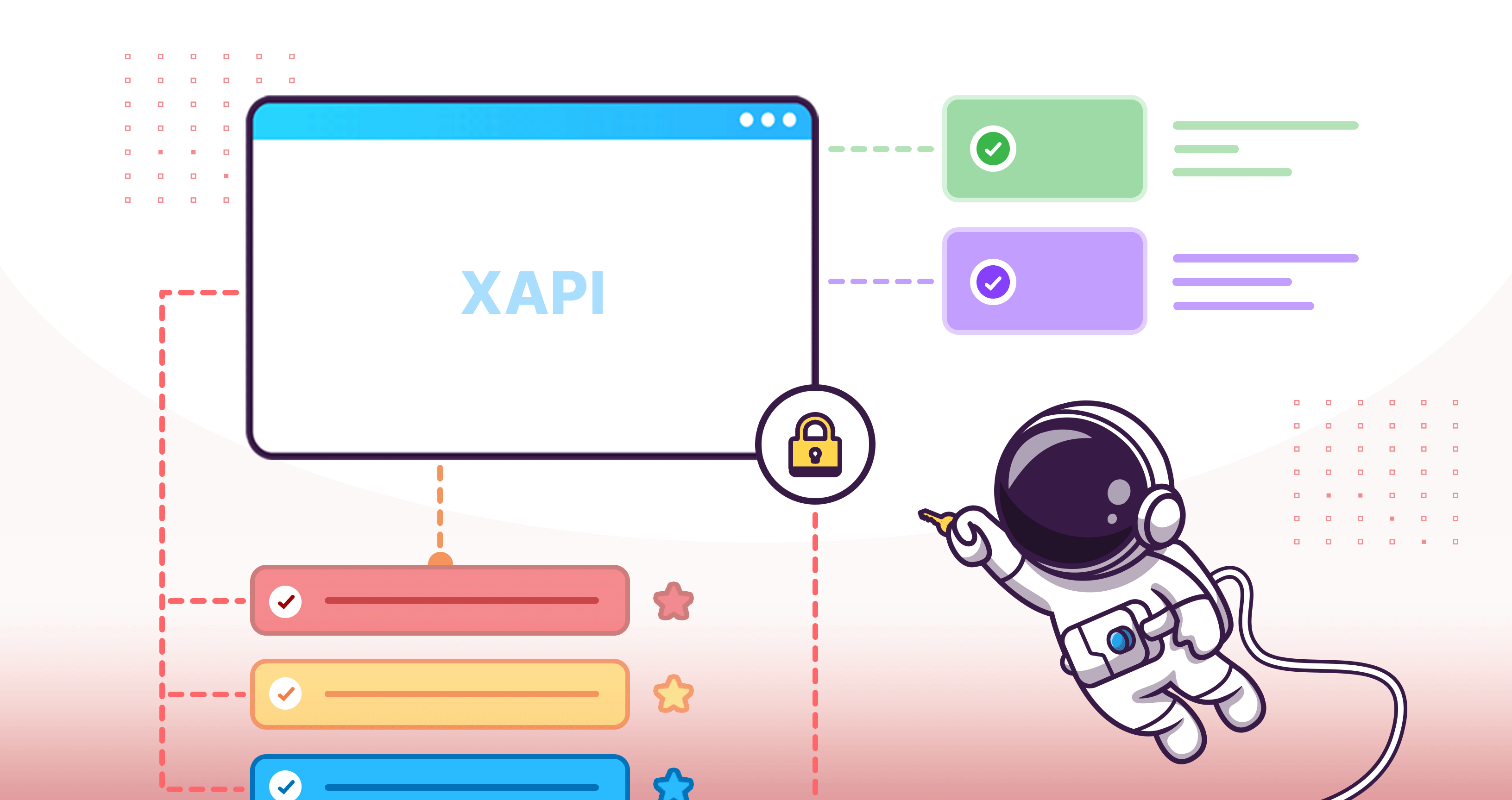

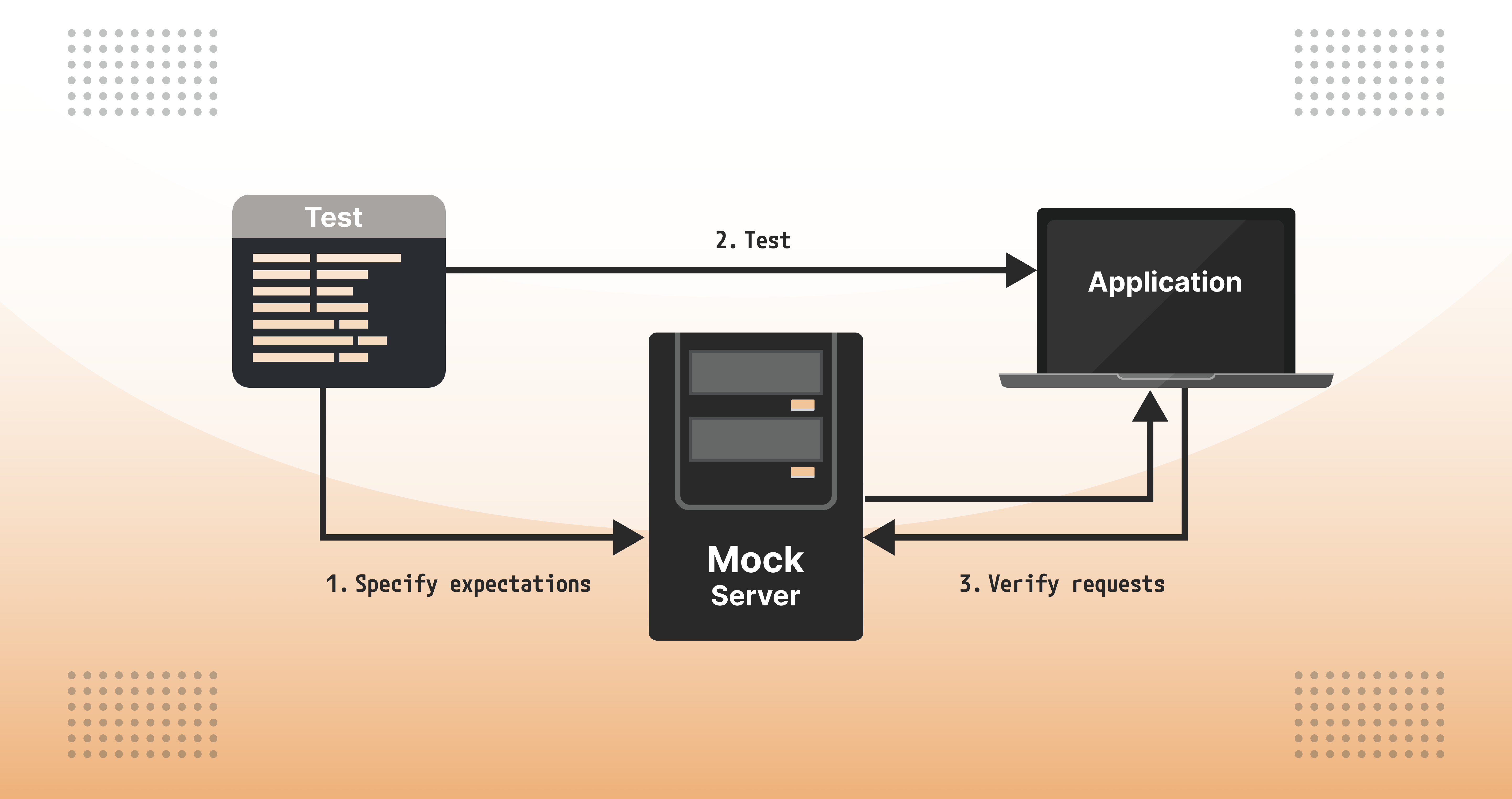
.jpg)
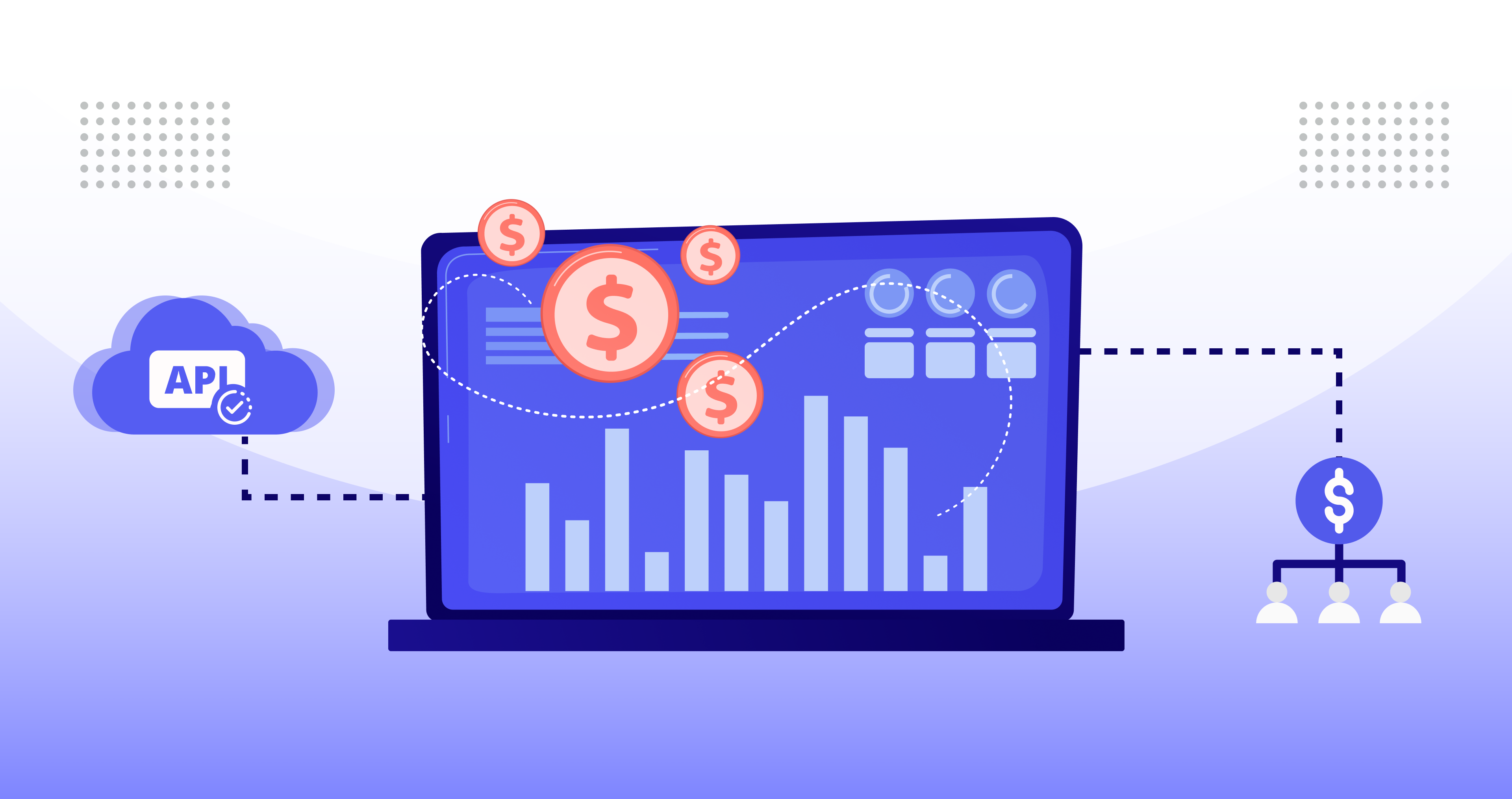
.png)
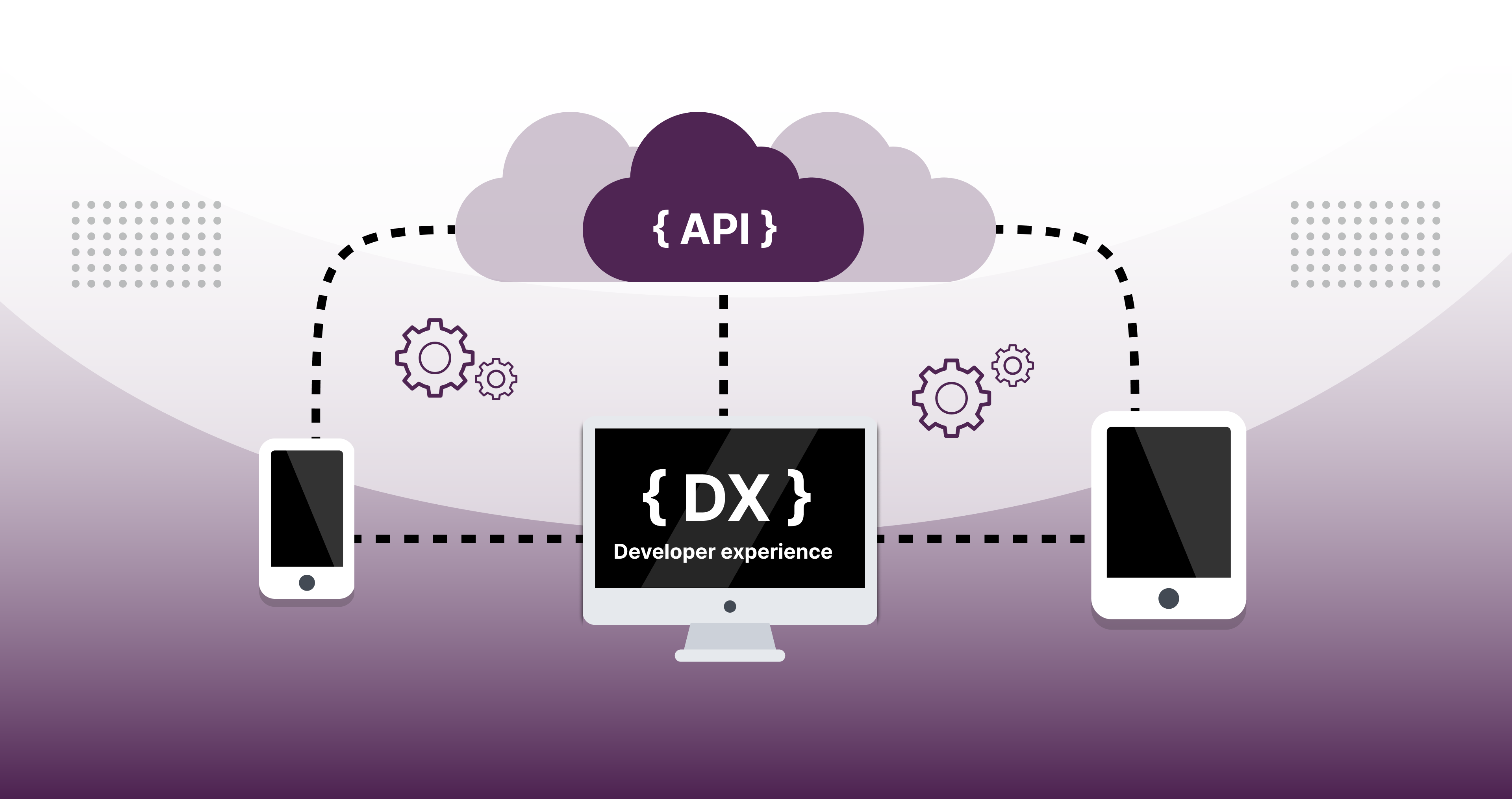

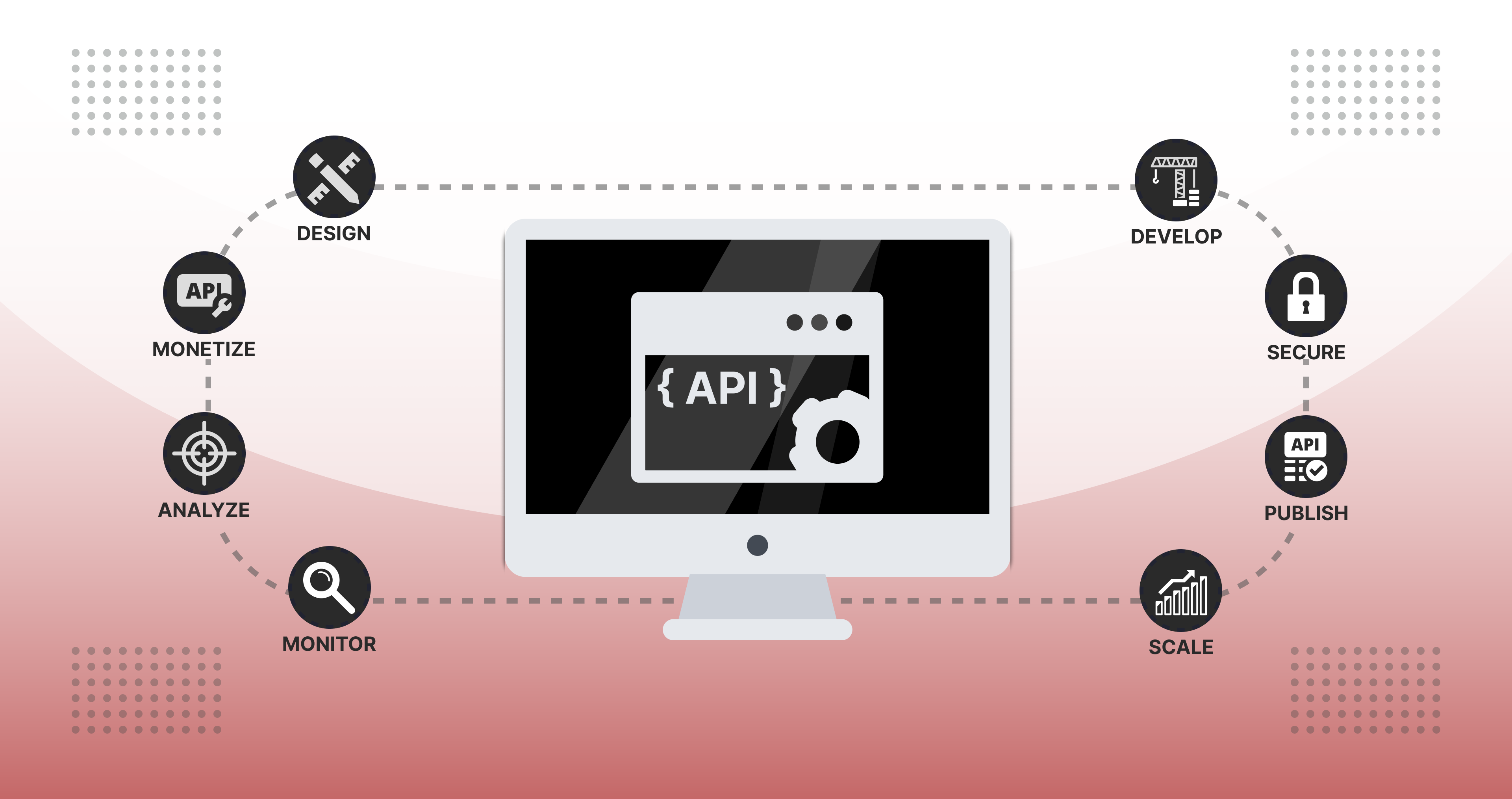
.jpg)
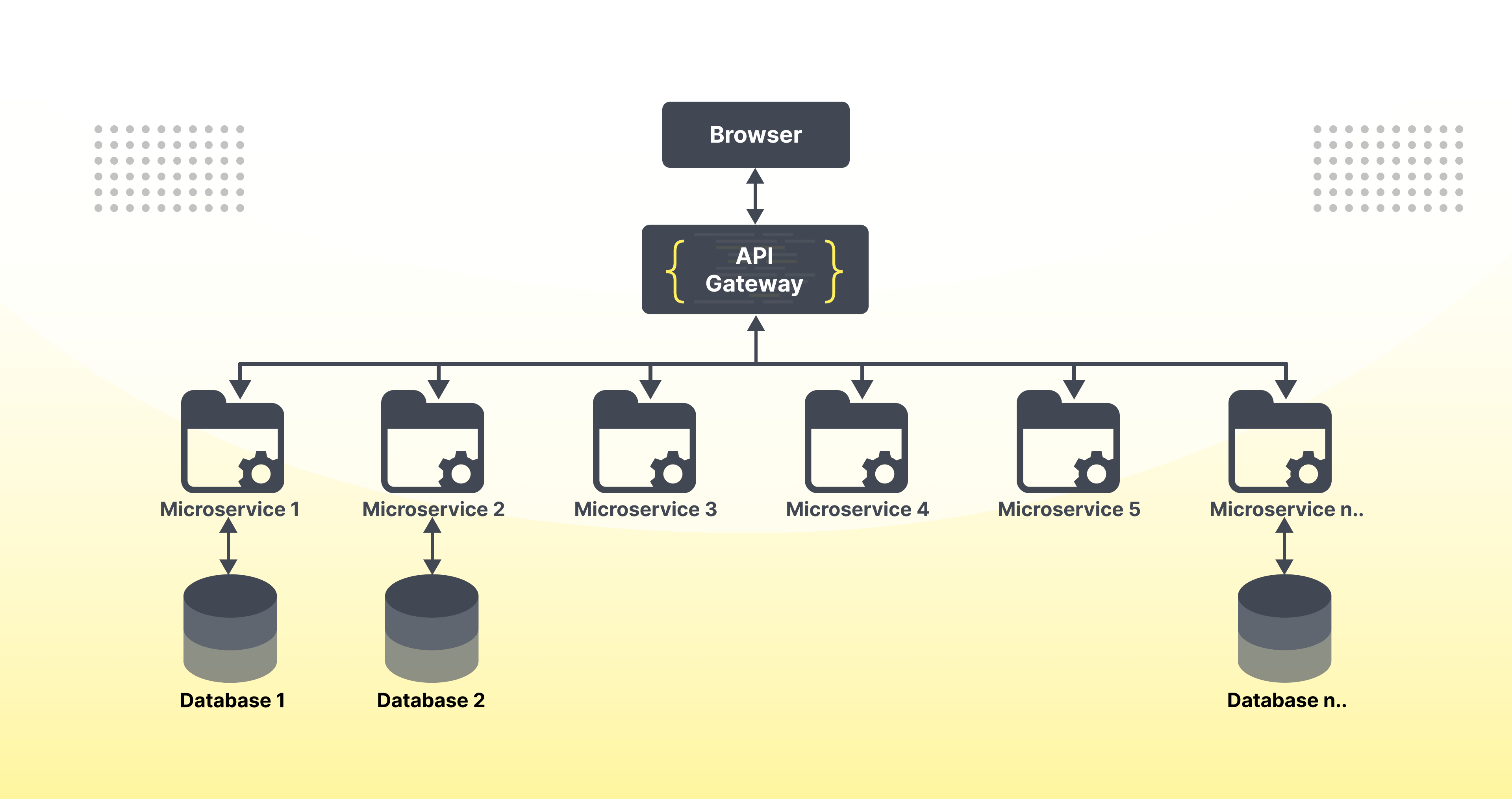

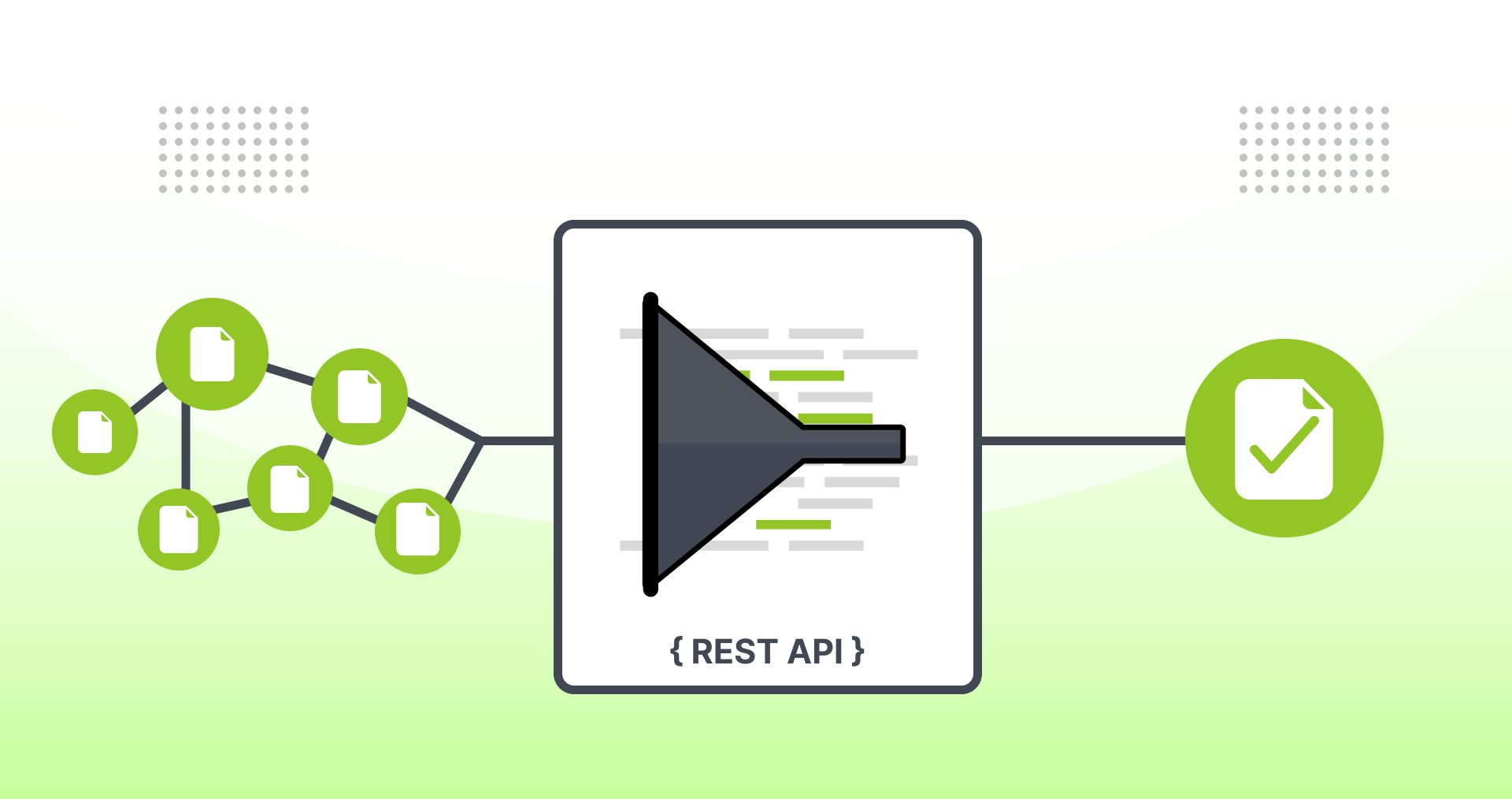

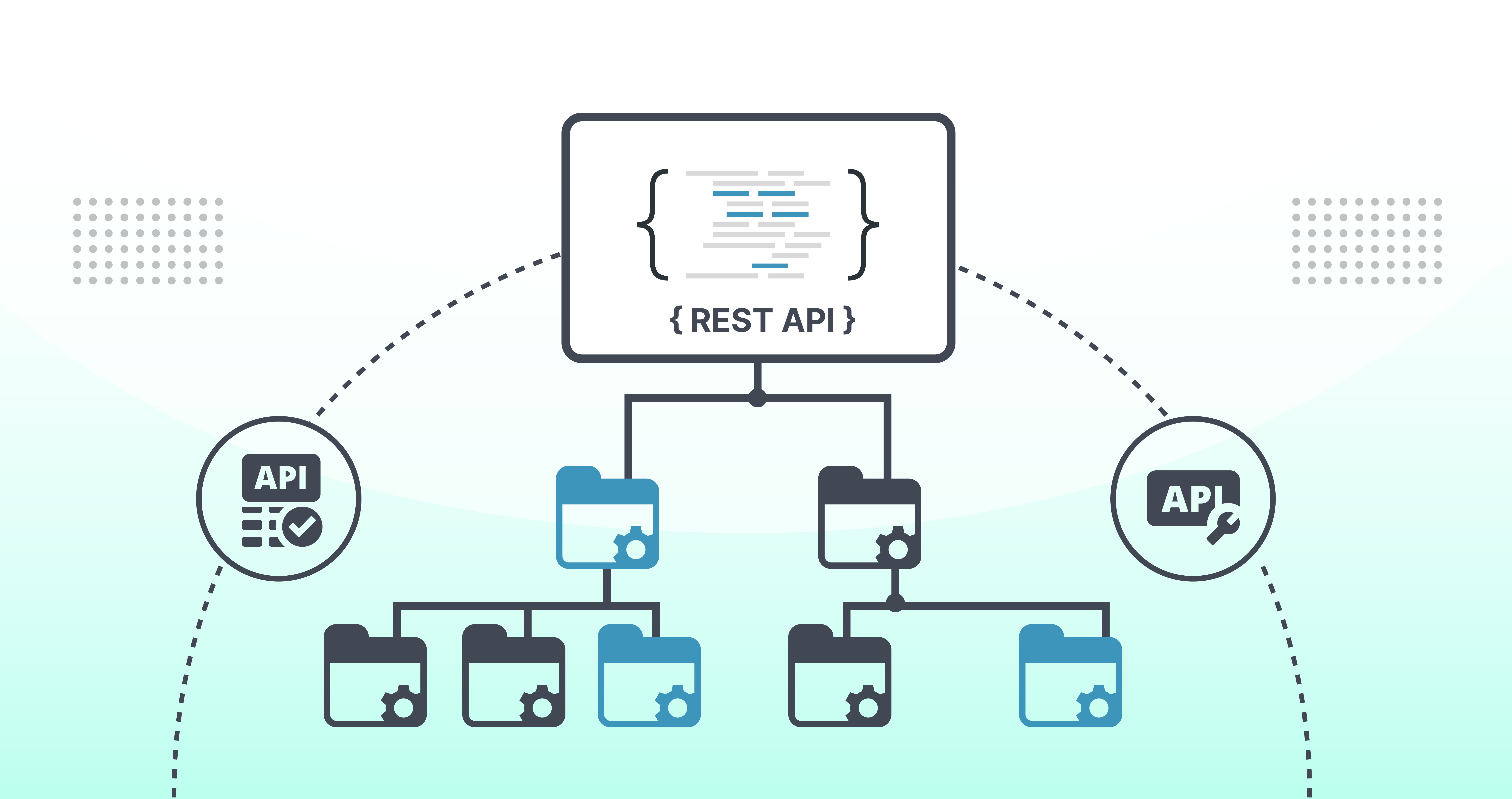

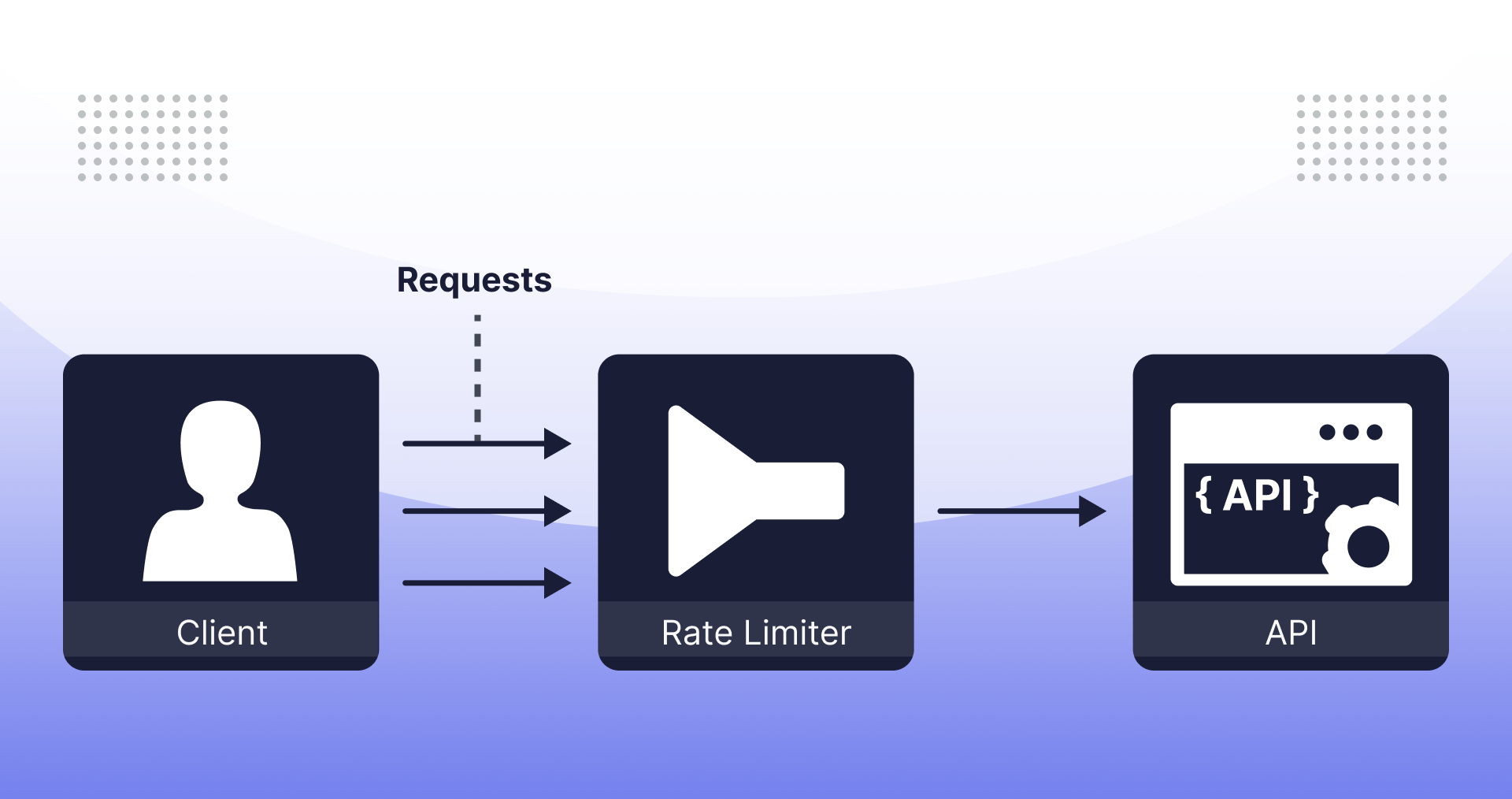

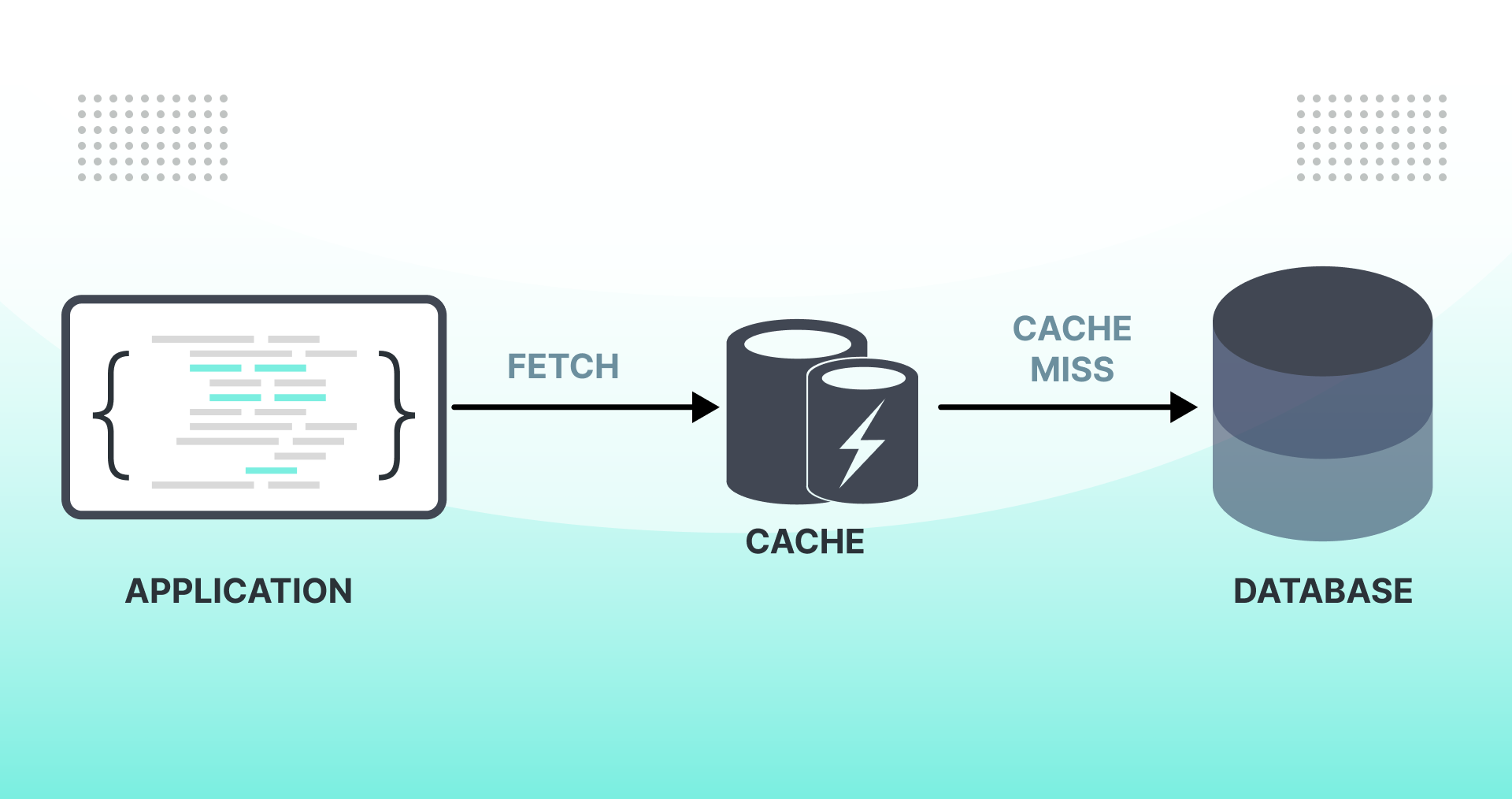

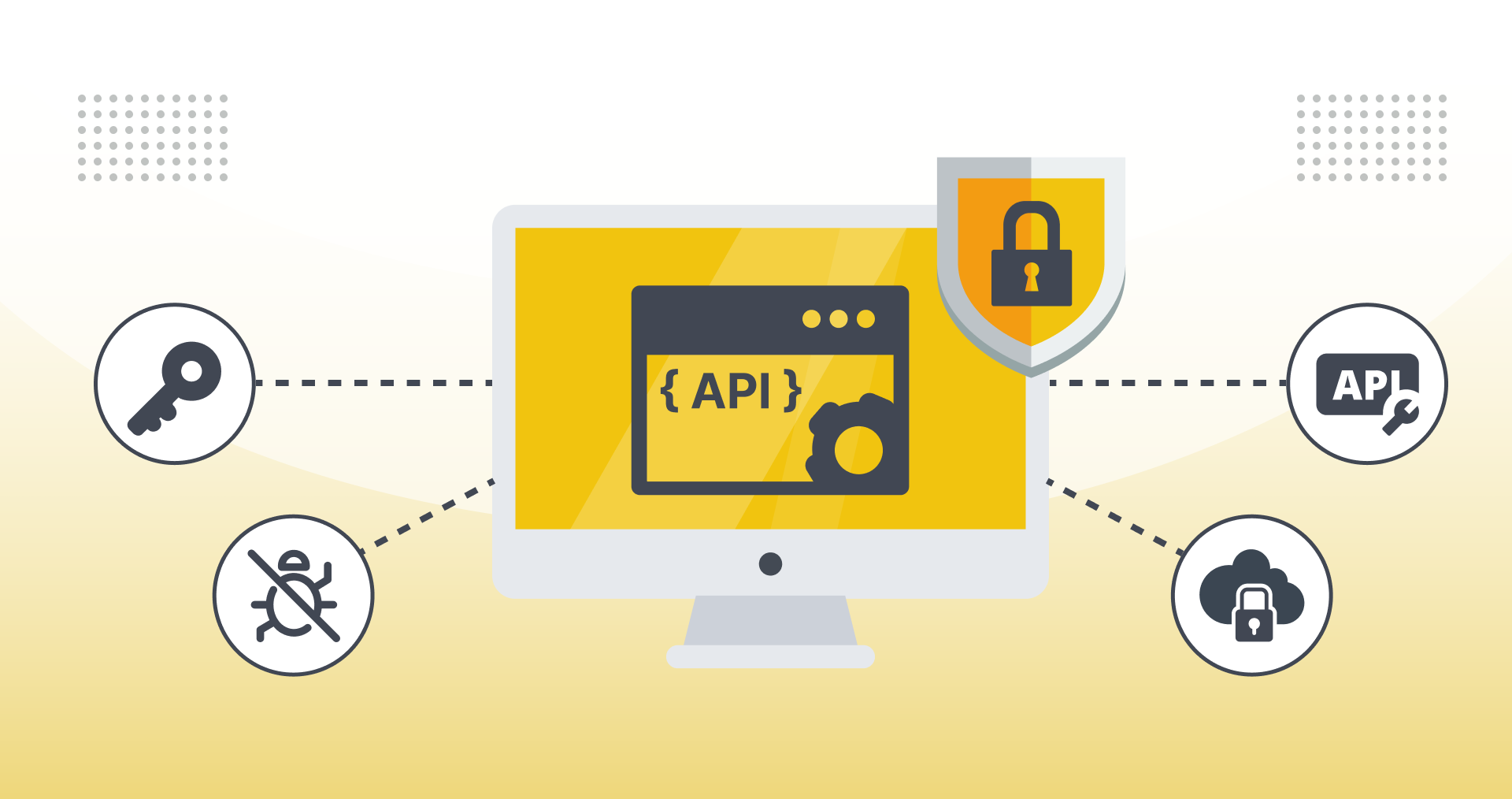

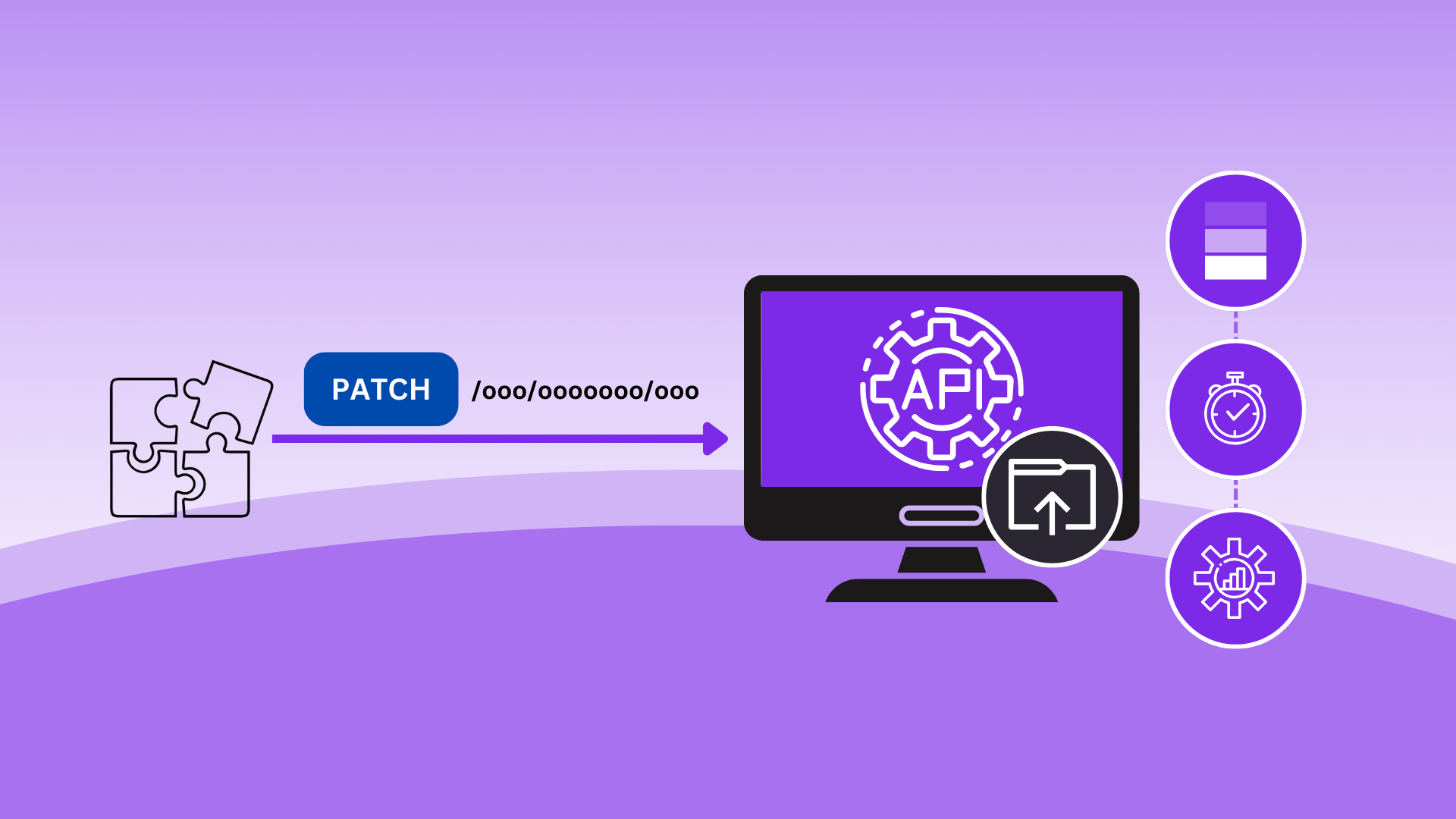
.jpeg)
